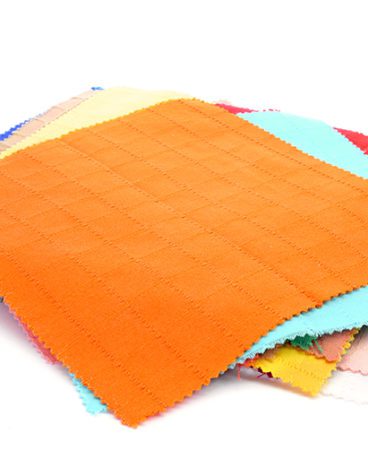With so many pressures to keep costs low throughout production and supply chains, it can be tempting to cut corners on color-matching tools. It’s true that there are some color management devices and software that are less expensive than others, but ask yourself: what are you losing by going with the cheapest option?
In some cases, low-cost imitations of professional digital devices can look like attractive alternatives that fool unwary bargain hunters, but these copy cats can quickly become a liability for your operation. There are significant advantages you can only get from professional quality equipment and services from established companies. In this article, you’ll learn some best practices to help you avoid low-quality or imitation products.
True Color Precision Is Critical
Most established brands and textile manufacturers won’t even look twice at an imitation color-matching device. They know the success of their products relies on the quality and consistency of their processes. However, cost-conscious brands or startups might consider a low-end device from an unknown company, either because they don’t know better or because short-term sales are their primary concern.
Working with an unknown color management provider can be a big risk for manufacturers in today’s market. The supply chain shocks that have echoed through the last several years were a wake-up call for many industries and the top priority for some brands has shifted from “chasing cheap” to methods of strengthening reliability.
The guidance, service and expertise of working with an established color management provider can diminish the impact that supply chain disruptions have on delivery times. In addition, a low-quality color management system is a quick way to drive good clients away from partnerships.

Expertise Outside “the Box”
Although many modern devices offer plug-and-play simplicity, they’re only one aspect of the color management picture. Working directly with a partner whose only focus is color management offers you multiple advantages:
- A good color partner will understand both the products they make and the challenges your business faces. They’ll know the most efficient ways to set up their devices for your workflows and keep them running at peak performance over time. You’ll also get expert advice about compatibility with your existing formulas, equipment, and processes as well as assistance integrating your equipment with ERP systems.
- The best partners will have a depth and breadth of experience that’s difficult to find elsewhere in the industry, including specialists with decades of know-how who’ve been with them for many years.
- Today’s imitators have become very skilled at replicating the look and design of color measurement instruments made by trusted brands, making fakes harder to spot than ever before. Unfortunately, well-meaning bargain hunters quickly discover that the electronics inside haven’t necessarily been crafted with the same care. Working directly with a trusted device manufacturer will protect your business from purchasing a counterfeit device by mistake.
Real Pros Stand Behind Their Products
Professional color management devices are designed to last a long time — a testament to their quality. But if your instrument does need a little TLC, no one knows how to minimize your downtime and get you back to full production than the people who make the genuine article.
Look for a color partner who offers robust support and repair services. These should include the capability to provide service in your local language, which can be a critical factor when it comes to minimizing turnaround times. Be sure to ask if loaner equipment is available to keep your business up and running — a sure sign that your partner cares about your success and values long-term relationships.

The Right Partner Makes A “Good” Process Great
When you partner with an established digital color management company, you are offered services like Certification that ensure your color management processes – and those of your suppliers – are up to industry standards for color quality. In addition, true color management providers are dedicated to educating your staff, providing calibration services, and keeping your color program running smoothly.
Imitation device makers can’t match the industry-specific knowledge you’ll get from a genuine manufacturer. A good color partner will have experts on their team who come from your industry — whether you’re dealing with textiles, apparel, paint, plastics, inks, dyes, packaging, or anything else that relies on accurate color. The people working to solve your color problems will have unique, in-depth knowledge about how to resolve them because they’ve experienced similar challenges themselves.
Setting Yourself up for Genuine Success
If your business relies on accurate color, high-quality measurement instruments aren’t an expense or a luxury; they’re investments that will pay ongoing dividends. Unknown imitations can hold your business back by creating expensive problems, often in a very short time.
You can help protect your organization — and your professional reputation — by carefully vetting potential color management partners. Consult others who have worked with them, make sure they offer a high level of support (even if you don’t think you’ll need it), and ask in-depth questions about your challenges and goals for the technology.
A professional color management partner will speak your language, understand your challenges, and offer specific, relevant solutions — the same kind of precision you’d expect from their products.
A version of this article originally appeared in Quality Magazine.







